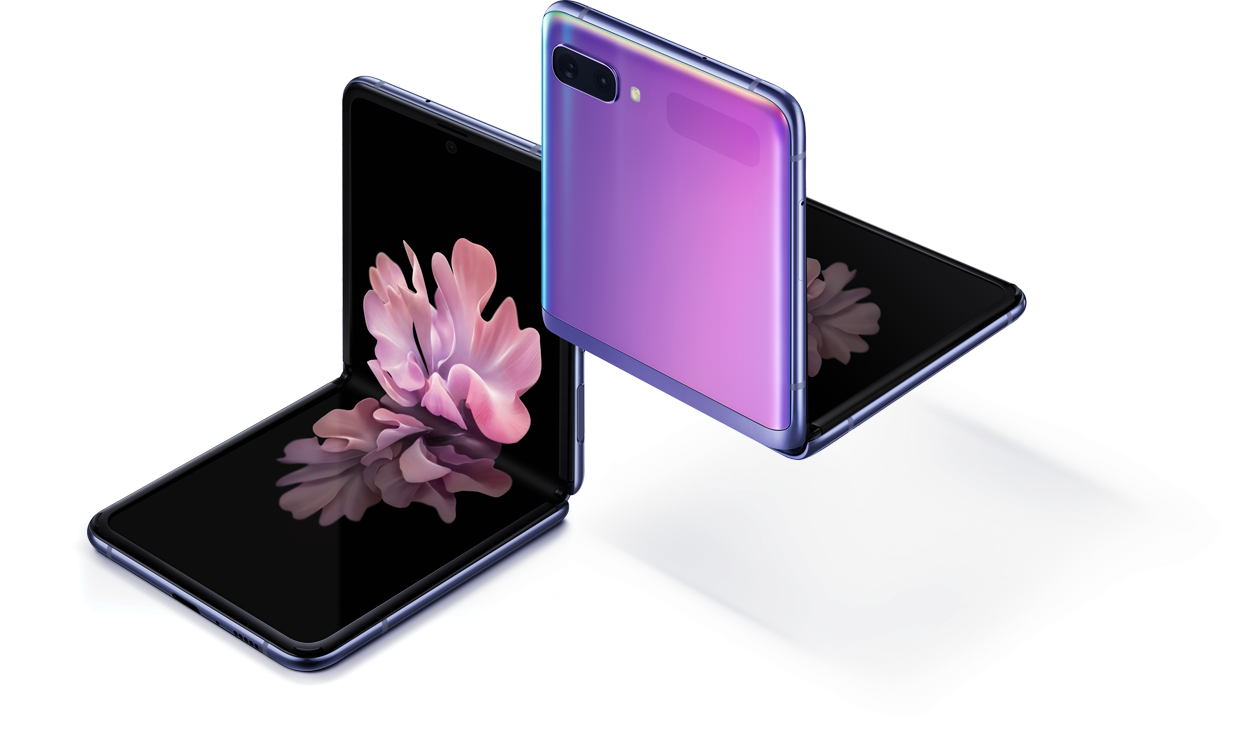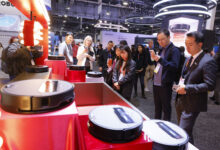
Samsung’s second-generation folding phone was a much-anticipated one. When the Galaxy Z Flip was announced with its flexible glass material dubbed “Ultra-Thin Glass,” troubles of creating a folding screen device with glass seemed to be an issue of the past.
Before that, all the folding smartphones launched were all using plastic. Plastic in its nature cannot hold up against scratches as glass would.
Figuring a way to make glass flexible seemed like the answer, or at least the first milestone that paves the way for a brighter future to such futuristic pieces of technology. Corning Glass, the world’s popular glassmaker, as of 2019, still had not managed to break through and make glass that folds.
“Corning is currently working on developing an ultra-thin, durable and optically advantaged glass solution for the inside cover of a continuous display that can bend at a tight radius hundreds of thousands of times without significant damage at the fold,” said the company at the time. Fast forward eight months later, we still haven’t heard any news in that line.
Surprisingly, Samsung launches a glass that folds. Based on Zack Nelson’s – popularly known as JerryRigEverything – usual durability tests, Samsung’s UTG screen doesn’t hold up to scratches as regular glass material in smartphones would. If you ever watch the YouTuber’s durability tests, you know the drill: the display is scratched with a variety of material with variable hardness levels based on Mohs durability test.
Typically, plastic scratches at level 2 or 3, glass at level 5 or 6, and sapphire glass at 8 or 9. For the Galaxy Z Flip, scratches started at level 2, with more damages at level 3 – similar to plastic. At level 2, Samsung’s UTG screen doesn’t offer any hardness advantages that are expected of glass material.
Why would Samsung advertise this as glass when it’s not?
According to Nelson, Samsung might have used a hybrid plastic polymer with little specks of glass ingredients included. The company responded to The Verge, saying that the “Galaxy Z Flip has a protective layer on top of the UTG similar to Galaxy Fold.” This directly implies the scratches are because of the protective layer placed on top of the UTG screen.
According to Samsung’s pitch, however, the Galaxy Flip is made of the glass screen, which “is different from other Galaxy flagship devices.” To those who were so hyped grabbing a unit of the folding phone, news that the surface can be scratched by a fingernail are not appealing whatsoever.
Follow us on Telegram, Twitter, Facebook, or subscribe to our weekly newsletter to ensure you don’t miss out on any future updates.


